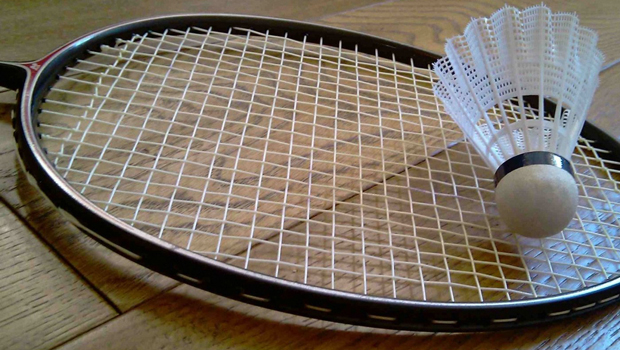
So you registered for ESSC Badminton but need to purchase a racket. Or maybe you have one, but it hasn’t seen the light of day since middle school, and it’s time to get rid of the hand-me-down wooden racket. Fear not, you’ve come to the right place! No matter your skill level, or how seriously you take the sport, this article will give you a quick overview of things to look for when deciding on a new racket.
First things first - What to look for when shopping for a new racket:
- Weight
- Balance Point
- Shaft Stiffness
- Shape of the Racket Face
- Price
Weight: Most rackets will weigh anywhere between 80-95 grams; that’s nothing right? Turns out, it really does make a difference. Rackets that fall on the heavier end lend well to power players. The racket gathers momentum during the swing, giving you more speed through the delivery of the shot. Lighter rackets help with control, and are more comfortable to play with.
Balance Point: Weight distribution is just as important as overall weight. Power rackets will be weighted towards the face of the racket, while control rackets will be weighted towards the grip. How to determine the balance point: Balance the middle of the shaft on your finger, and see which end of the racket had more weight. Voila!
Shaft Stiffness: A flexible shaft is generally more suited to beginner level players, since the extra flex on the racket will help get the same power of a stiffer shaft, without the extra swing power. The downside? Since the racket is more flexible, controlling your shots can be slightly more difficult. So, if we flip that on its head, a stiffer shaft will have better control, but requires more strength to hit powerful shots.
Shape of the Racket Face: There are 2 main options for Badminton rackets. The first is Isometric. The face of the racket is more of a square shape, and offers a bigger sweet spot, giving more room for error. As such, this has become much more commonplace for rackets today. The second option is a conventional oval shape. The sweet spot is a bit smaller, but offers a more rewarding shot when hit correctly.
Price: The biggest thing here is that price is not everything. A more expensive racket might not be best suited for your style of play. If you want to improve your game, than price should be the last factor when purchasing a new racket. If you just play to get some exercise, then an inexpensive racket will do just fine.
So there you have it, a quick guide to buying a racket that fits your needs!




























